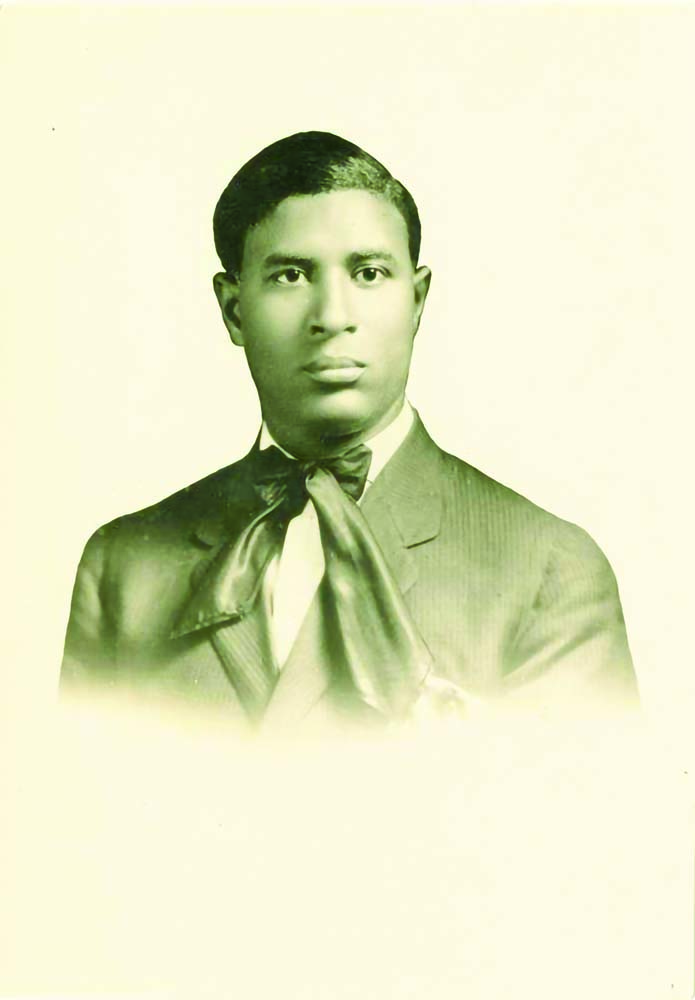Stop and proceed
Born in Paris, Kentucky, Garrett A. Morgan (1877-1963) invented a traffic signal credited as an important U.S. innovation. On a T-shaped pole, it read “stop” and “proceed.”
Cheryl Caskey, Hopewell Museum executive director, Paris, says his formerly enslaved parents lived in a subdivision called Claysville. “Morgan attended school and helped on the family farm, while his father worked for L&N Railroad as a laborer,” she says.
At age 14, Morgan went looking for work, moving to Cincinnati, Ohio, and settling in Cleveland in 1895. After witnessing a serious accident while driving, he filed a patent in 1922 for a three-position traffic signal. The third position—an all-stop signal—helped regulate traffic more safely for both cars and pedestrians.

Garrett Morgan 
His invention is revered by the U.S. Department of Transportation. Scholarships are given in his name; competitions, school programs and buildings are named after him. In 1914, Morgan also invented the first gas mask, that soldiers and firefighters use.
There is a historical marker for Morgan in Paris, and a park named for him on present day Vine Street next to the railroad tracks near where his school once stood.
The Hopewell Museum, with a small section devoted to Morgan’s life, is open Wednesday-Saturday 12–5 p.m., Sundays 2–4 p.m. and Mondays and Tuesdays by appointment; December 24–February 7, open by appointment only.

